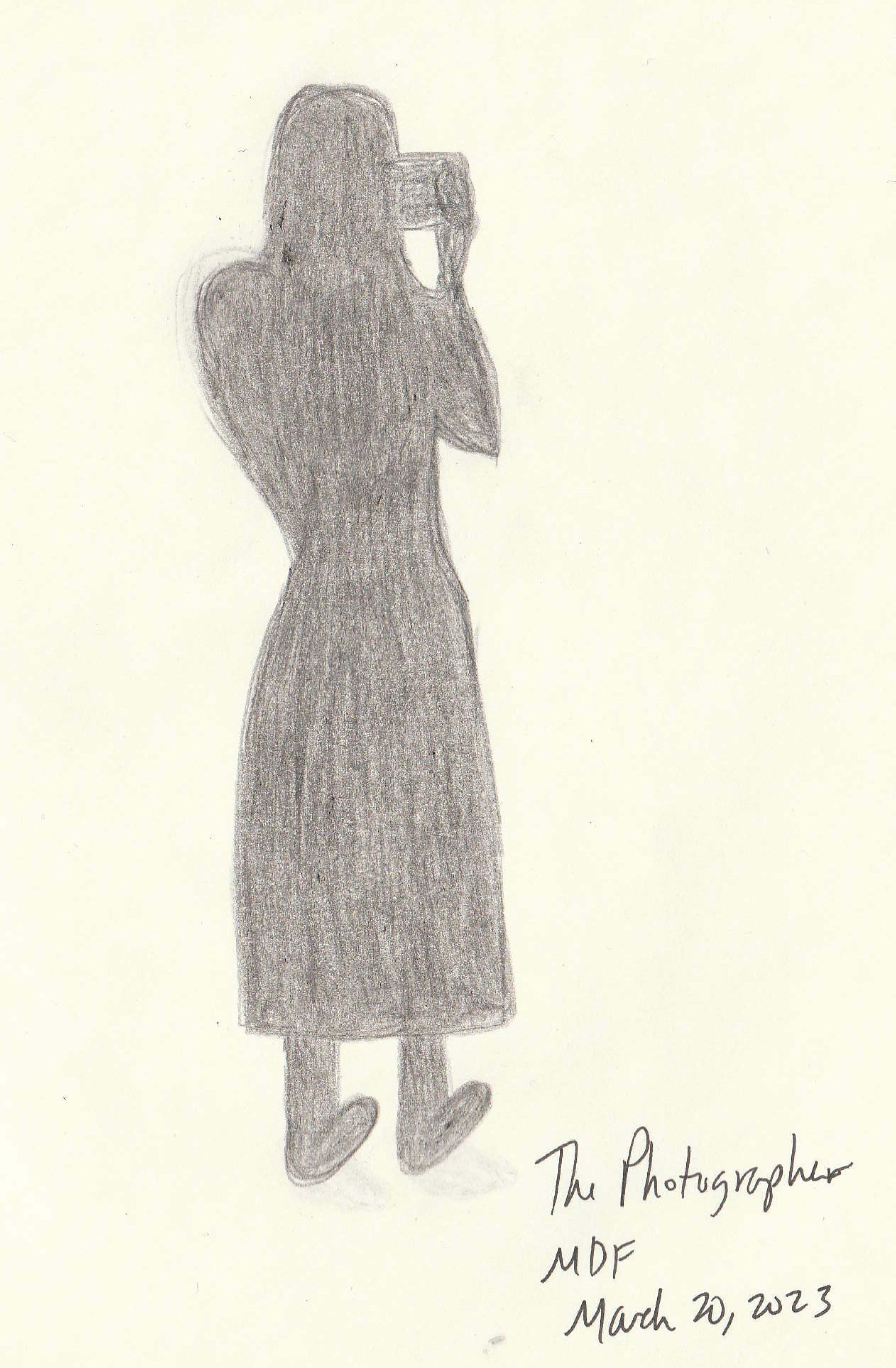Happy Holidays! I hope this season finds you all inspired, resting, and excited for 2025 ahead in less than a week.
I’ve worked on a doodle project for the past year that I’m set to complete on Tuesday. I’d love to share about it now, with some coordinating drawings. Without further ado:
“13 Things I Learned from [Almost] a Year of Daily Doodling”
It just feels good to draw. Period. I knew this intrinsically as a child, and I got to relearn it this year.
The less pristine, the better, the more confidence. During January to around March, I frequently made a soft under drawing in pencil, which I would then trace with a pen or marker before erasing my guiding lines. By around April, my confidence had grown so that I rarely grabbed a pencil first. From July onward, I can’t remember grabbing a pencil to start at all.
Ink-feel is a thing. Some days, I wanted slippery, twirly gel ink or a smooth ballpoint or the gentle flutter of wooden colored pencils while other days I liked either the blunt ooze of a thick marker or highlighter or the waxy appeal of crayons that slowed me down. Just like picking hues to use, my mood could dictate the material I grabbed. Once or twice, I bought new markers or pens to play with. There’s something very affirming and soothing to the nervous system about making marks on paper, even if the drawing doesn’t turn out. Okay, especially when the drawing doesn’t turn out.
Limits open you up. The most time I spent on a drawing was 20 minutes, but that was mostly in January-February. After that, my daily doodle journaling tended to be less than 10 minutes, including any coloring with colored pencils/markers/coupy pencils/crayons. The more I intuitively trusted that I could make good marks, the easier it got to increase my speed.
Phones are great for reference photos: Sometimes I could draw using my mind’s eye, but for other days, a quick image search on my phone yielded many options for reference photos that really helped as I considered various angles and shapes and details to pick and choose from for my own doodle. I reminded myself that professional artists have long used references to research, prepare, and/or draw. No shame in the game.
Yeah, this is drawing, but feel free to combine with captions whenever you want to: Sometimes, I drew little captions or a sentence or two of explication or just arrows and words to label my drawing. I’ve read a few artists’ (published) notebooks and drawing how-to craft books since 2020 that show other artists who integrate small bursts of prose as well, which gave me the idea (and the permission) to mix and match.
Prompts are magical: I have two or three sketchbooks I’ve made intermittent doodles in over the past two or three years, but having a daily page with a specific prompt on it took the what-should-I-try-to-make decision away and opened me up to whatever the prompt asked for each day. After drawing, I made it a ritual to mark the next day’s prompt with a page marker, but I didn’t read the prompt until it was time to draw each day.
Ditch or amend prompts whenever you want to: Now and again, I didn’t know how to make what the prompt asked or didn’t feel like following the prompt, so I didn’t. Like the day I decided to draw a bunch of stars. I just made something else up on the spot. Also liberating.
Some drawings can’t be improved with more focus or more effort—that’s fine, let it go, and you’ll draw more tomorrow and the next day.
Some drawings can bloom with more effort or focus. You’ll know the difference. One day, I skipped a space and labeled the new drawing as “take 2.” If you want to keep trying, then keep going.
Watching the pages accumulate, even if most of the drawings are still not braggable or even what you’d hoped, is one of the best feelings ever. Before starting the daily doodling, I had more of a when-the-mood-struck drawing practice. Not exactly the best way to grow one’s art. Becoming stronger at an art requires more than just dabbling when the mood strikes. I knew this from my writing, and I had the chance to relearn this with my drawing.
Imperfect? Who cares? The journey was for the fun and for the growth in it, both of which have paid back handsomely.
Drawing every day makes me want to draw more. Once I finish the year this week, I know that I’ll want to continue to draw regularly. Paging through my daily doodles from January 1st to late December, I can see how my drawings have gotten more secure, more space-taking, and also more okay with the mistakes in perspective. Here’s to more doodles ahead!




































